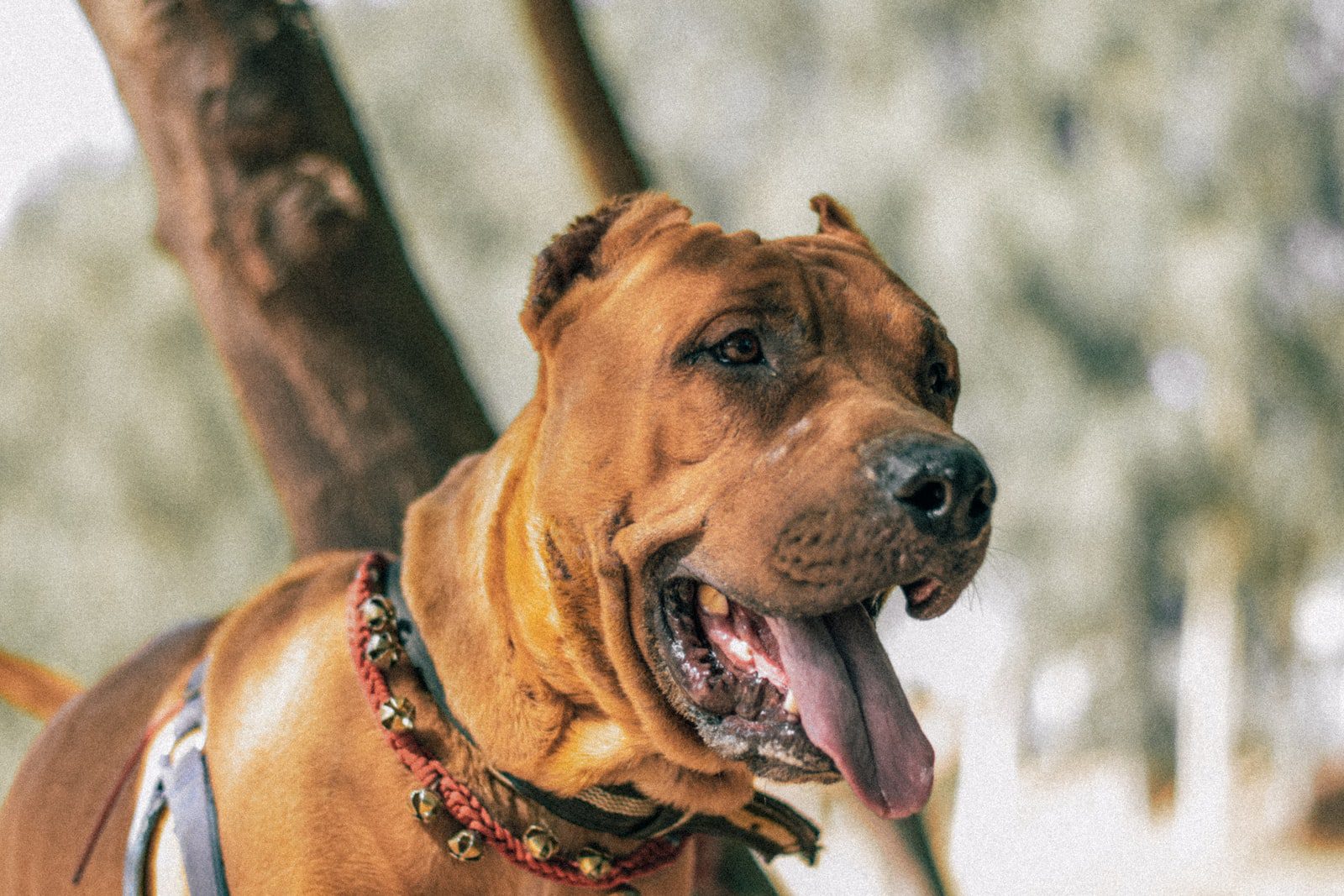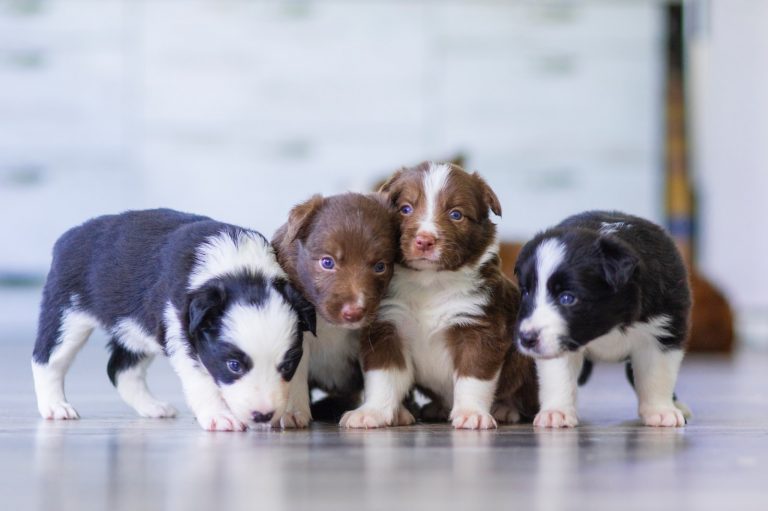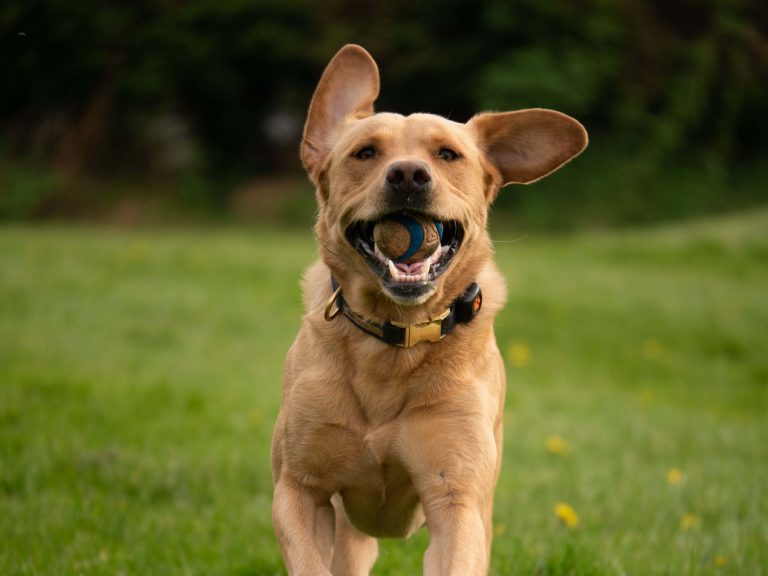What was the first thing to come to your mind? If you thought “pitbull,” you’re not alone. A large number of people seem to think that pitbulls (and pitbull-type dogs) are inherently dangerous, but this simply isn’t true. And yet, time and time again, we hear warnings against having a bully breed as a pet for children, or we see people shy away on the street when the neighborhood pit waddles down the sidewalk.
What is a Pitbull?
Before we move forward, we need to clarify the meaning of the word. “Pitbull” is often used as an umbrella term; technically speaking, a true pitbull is an American Pitbull Terrier. In most cases, the word is used to encompass a range of breeds, including APTs, Staffordshire Bull Terriers and American Staffordshire Terriers (both also known as “staffies”), and pretty much any other dog that shares certain characteristics: a stocky body, a wide, flat head, and a “smiling” mouth. For the purposes of this post, “pitbull” will be used to refer to any dog that fits this description, because most dogs with these characteristics are victims of breed-specific legislation and discrimination, regardless of their actual pedigree.
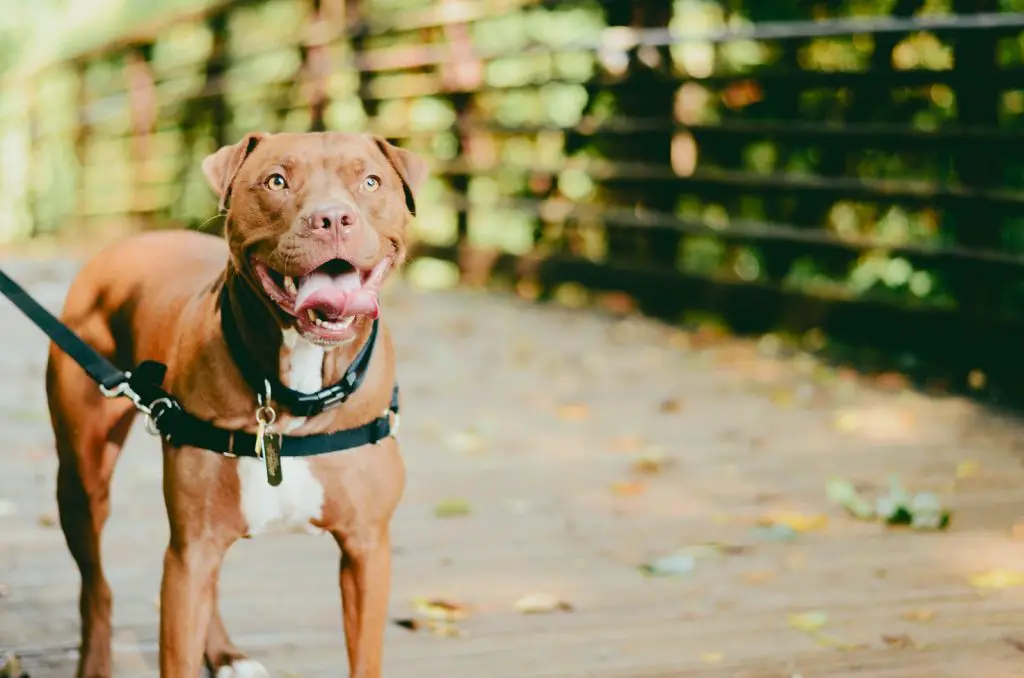
A Bite Out of History
So if the idea of pitbull aggression is not true, where do all the myths and misconceptions come from? Well, most of it comes from the breed’s historical use in fighting, either in dog versus dog matches, or even further back, when they were used to bait and torment larger animals (bulls, bears, and the like) during fighting events.
Around the turn of the 20th century, pitbulls were used for other jobs around the house. Highly intelligent, gentle, and incredibly loyal, they were popular guard dogs. As we’ve previously discussed on DogPages, they may have even been used as “nanny” dogs – although this bit of history is highly debated, and it should be said that it is never a good idea to leave children unattended with any breed of dog.
During the World Wars, pitbulls were often used as a symbol of America’s ferocity and fighting spirit. Decorated with captions like “We’re not looking for trouble, but we’re ready for it” and “We’re not afraid,” posters were used to build support for troops and the war.
Pit Bulls were America’s mascot on WWI posters. Image source: fight4them.org
Despite this mixed history, most people today associate pitbulls with what they are perhaps most known for: dog fighting. This illegal bloodsport began with the fall of bull-baiting, which was outlawed in 1835. Fight dogs are usually raised in isolation, which increases the odds of dog sensitivity and reaction, and are conditioned to be aggressive. They are shown no love or kindness from their “owners,” and when they are thrown into the ring, they are often left there to fight to the death.
As dog-fighting developed into a popular underground sport and betting ground, the practices of “cropping” ears and docking tails also became popular. The idea is that by shortening or cutting off the ears entirely and removing the tail, it is more difficult for a dog to be grabbed and latched onto in a fight. This also tends to make the dog scarier and more aggressive looking, which is why it is still a popular practice for owners of non-fighting pitbulls today, who may be attracted to the breed for its “tough” reputation.
The “best” fighting dogs often come from a long line of “winners” – that is, parents that have consistently survived fighting throughout their lives. Selective breeding is used to maintain aggressive behaviors and strong builds, while smaller and weaker dogs are often used as “bait.”
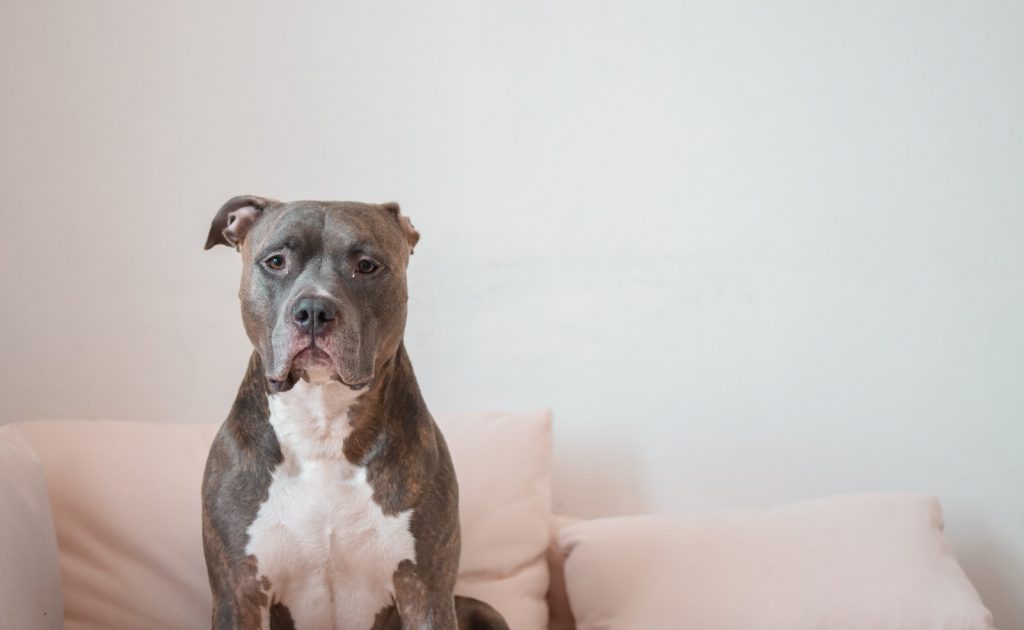
What Is the Truth?
So where has all that history led us? Most everyone, dog owner or not, has a charged opinion on pitbulls. Some people are unable to look past the history and the tarnished reputation that humans have forced upon the breed, while others fight valiantly against the stigma.
The simple fact is that any dog – pitbulls, German Shepherds, Labradors, chihuahuas, mutts – any dog can be aggressive, either in behavior or nature, but no dog is born that way. Just like people, a dog will grow into whatever it is shaped to be: Dogs that are raised with love and tenderness will return that gentleness tenfold. But dogs who are raised to fight and attack with also reflect that – although rehabilitation may be possible, even for former fighting or bait dogs. Popular shows such as Animal Planet’s Pitbulls and Parolees show us that a little love goes a long way in changing the course of a human or animal life.
Ask any pitbull owner, and they will likely tell you that the most dangerous thing about their pup is their breath – or their strong, wagging tail, or their frequent and slobbery kisses. The internet is flooded with images of happy pits, smiling and cuddling with their human friends, and even children and baby animals! (And for the record, both the ASPCA and the AMVA are against breed discrimination and staunchly defend pitbulls.)
Despite these heartwarming testimonials and images, owners of pitbulls still face a great deal of discrimination against their beloved pets.
What is Breed-Specific Legislation?
Breed-specific legislation (or BSL) refers to any law or rule – usually at the state or community level – that prohibits certain dogs from public or private spaces. For instance, most apartment complexes have rules about the permitted breeds. Leasing offices are even allowed to discriminate against breeds by name, and the most-often targeted breeds are American Pitbull Terriers, staffies, and “pitbull-mixes.” (Other breeds that you might see on a not-allowed list include German Shepherds, Chow Chows, Rottweilers, and Dobermans.)
While housing restrictions are the most common form of BSL and what most people are likely familiar with, there are even more forms of this insidious practice. In some states and cities, it is outright illegal to own a pitbull or pitbull-type dog!
Moving Forward
The important thing to understand about pitbulls, and about any dog breed, is that under the right (or wrong) conditions, they can grow to have aggressive tendencies. But bad dogs are not born; they are made. An owner who crops their dog’s ears and dresses them with a spiked collar may just be perpetuating the “evil pit” myth; people see these things and immediately associate them with meanness, so perhaps we should all be more mindful of how we present our dogs to the world.
As dog owners, we are caring and empathetic people. We see our furry companions as more than our best friends—they’re our family. None of us would ever think of laying a hand on an animal in anything less than a friendly gesture, which is why we must take a stand against BSL and other forms of breed discrimination. When we allow such a harmful stigma against a particular breed of dog to continue, we also allow their systematic mistreatment to continue. As long as we show that we don’t care about pitbulls, people will continue using them for horrible purposes. And doesn’t man’s best friend deserve better?

